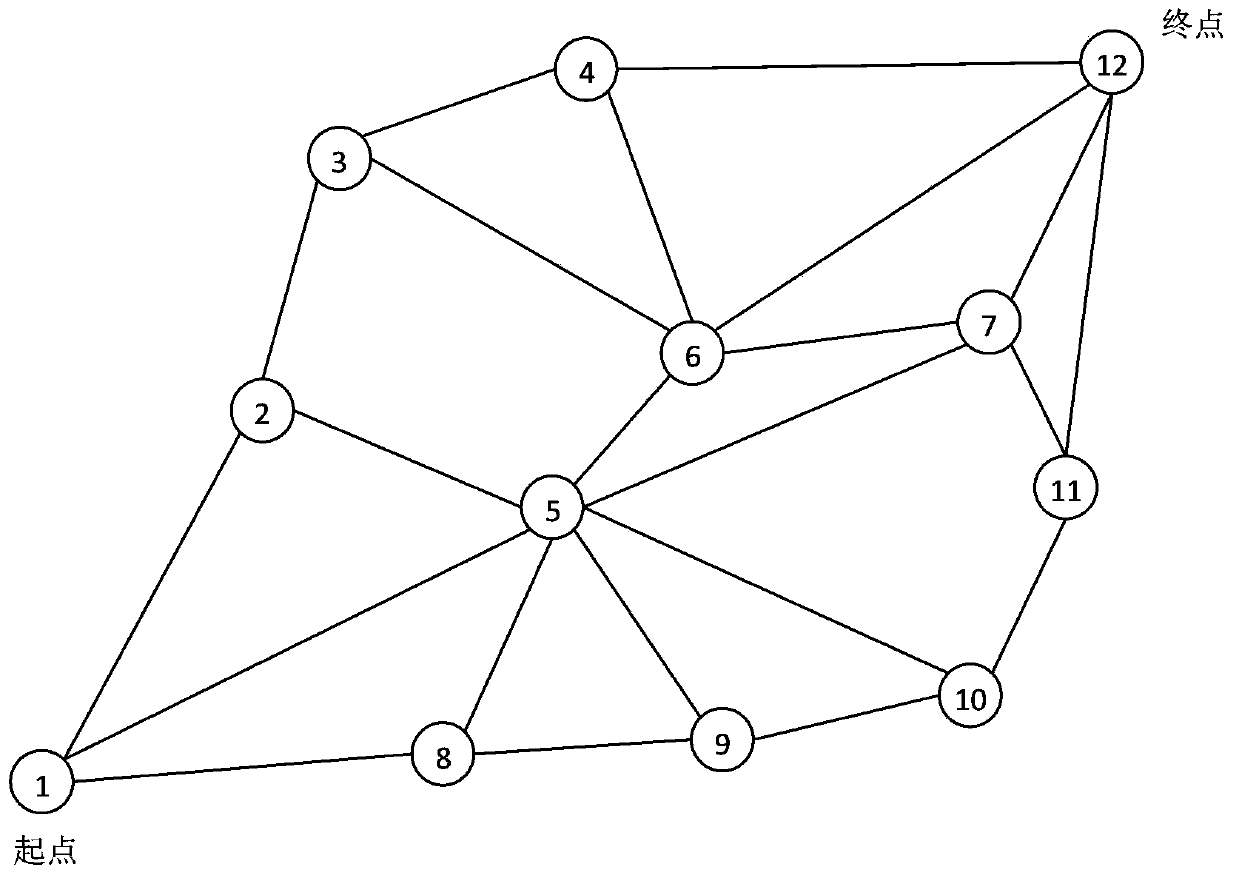Transportation hazard prediction method for hazardous chemicals
A technology of hazardous chemicals and prediction methods, applied in the field of hazardous chemicals transportation hazard prediction, which can solve problems such as many risk factors, leakage of liquid chlorine, complex model establishment and solution, etc.
- Summary
- Abstract
- Description
- Claims
- Application Information
AI Technical Summary
Problems solved by technology
Method used
Image
Examples
Embodiment Construction
[0055] The present invention will be described in detail below with reference to the accompanying drawings and examples.
[0056] The present invention provides a hazard prediction method for hazardous chemicals transportation, comprising the following steps:
[0057] The first step is to forecast the fine meteorological field of the transportation area in the next 72 hours:
[0058] S101. According to the transportation time and the transportation area, determine the time and scope of the nowcasting;
[0059] S102. According to the transportation time, apply the global circulation model to predict the temporal and spatial distribution of the global flow field in the next 72 hours;
[0060] S103. Use the temporal and spatial distribution of the global flow field in S102 as the initial boundary condition for the forecast of the meteorological field, call the fine geographic information data in the transportation area, and call the regional meteorological field forecast model, ...
PUM
 Login to View More
Login to View More Abstract
Description
Claims
Application Information
 Login to View More
Login to View More - R&D
- Intellectual Property
- Life Sciences
- Materials
- Tech Scout
- Unparalleled Data Quality
- Higher Quality Content
- 60% Fewer Hallucinations
Browse by: Latest US Patents, China's latest patents, Technical Efficacy Thesaurus, Application Domain, Technology Topic, Popular Technical Reports.
© 2025 PatSnap. All rights reserved.Legal|Privacy policy|Modern Slavery Act Transparency Statement|Sitemap|About US| Contact US: help@patsnap.com



